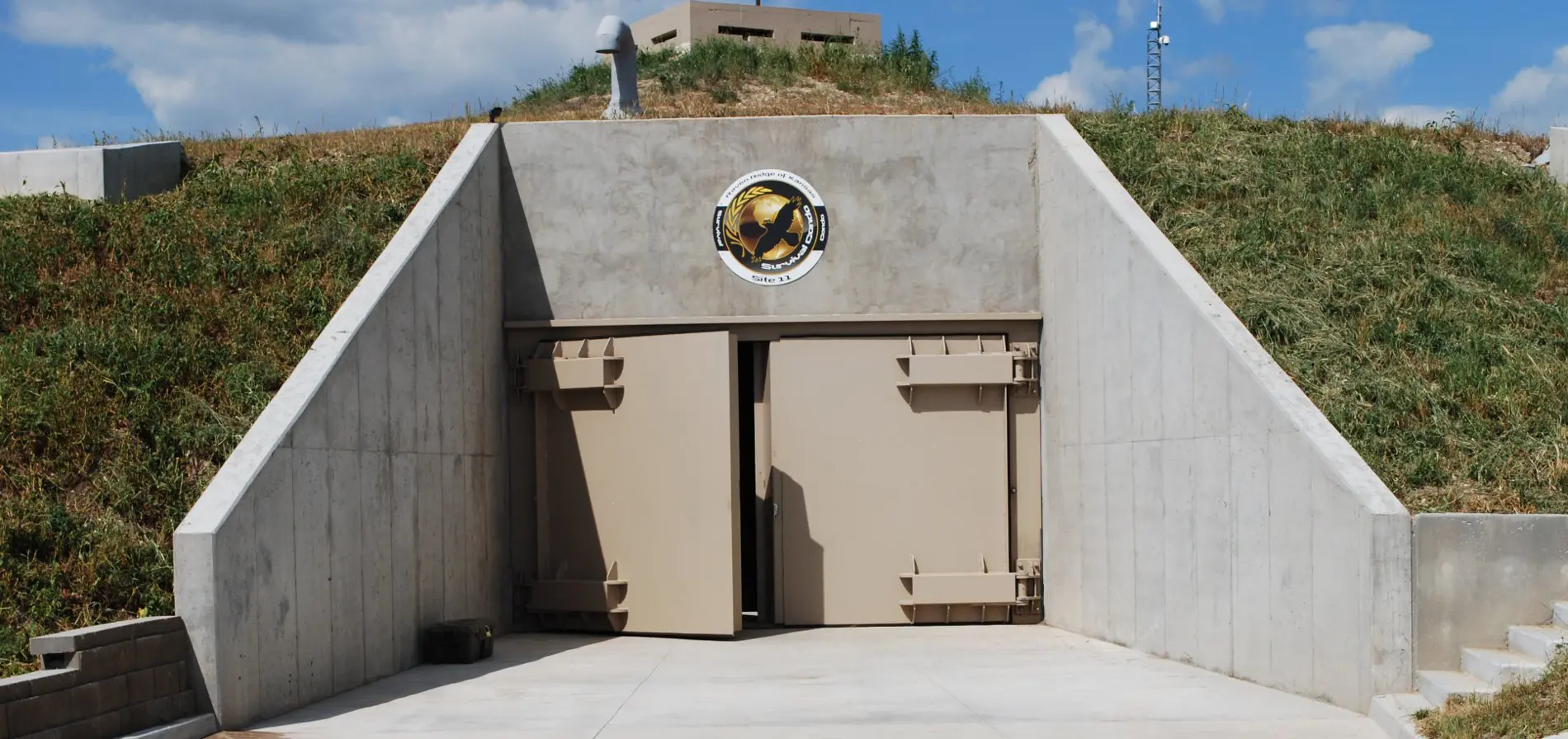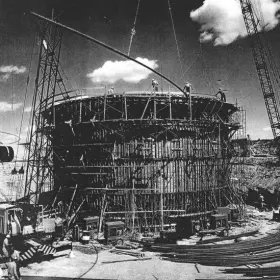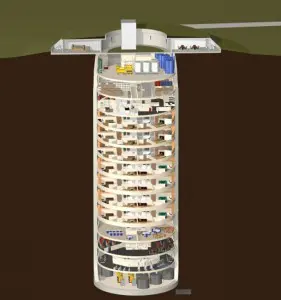Providing the Ultimate Off-Grid Living Solution

How do you prepare for unforeseen events, such as a worldwide economic collapse or a massive natural disaster?

The task of adequately preparing for survival becomes increasingly more complex as the length of the survival term increases. This is very logical. If you need to put together the necessary supplies for surviving one week while "off-grid", the list of required supplies is very manageable. If you increase the duration to one month, that list gets longer. If you increase the duration to one year, three years, or five years, this task becomes monumental and very expensive. There are few people who are qualified to undertake a task of this magnitude. There are hundreds of decisions to make, such as:
These a just some of the complex questions that you will need to address while deciding how to prepare for living "off-grid" for extended periods of time.
Most people would agree that this task would be overwhelming, time-consuming, and difficult to complete. Another aspect of long-term "off-grid" living would be the difficulty in having the expertise, time, or energy to maintain any hint of what you now know as a "normal" life.
We have spent years researching the concept of extended "off-grid" living, and we have come up with an excellent solution. Our solution is built around utilizing a unique facility as a starting point that will provide a level of protection and quality of life that would be considered financially impossible if this facility had to be created from scratch. The facility we have acquired and re-designed includes the following key features:
We started with a structure that was built to withstand a nuclear explosion and, to this day, is considered to be "one of the strongest structures built by man." This structure we have acquired is an Atlas "F" missile base. The US Army Corps of Engineers built these missile bases in the 1960s, and there were only 72 of them built.

The concrete structure alone was built at a cost of approximately $15 million dollars in 1960. Cost estimates for duplicating the concrete structure ran as high as $154 million in 2023.
Our facility has undergone years of cleanup and monitoring by the Environmental Protection Agency and has been granted a "clean bill of health." The facility has had all the missile infrastructure removed, and we are now down to the clean shell.

Our design includes all infrastructure support for between 36 and 75 people for more than 5 years, completely "off-grid". The concrete used in the construction was a special type of concrete with an epoxy additive for added strength. The concrete walls in the facility are between 2.5 feet and 9 feet thick. There are more than 600 Tons of high-strength rebar in the structure. There are two underground structures, one two-story and one fourteen-story structure. Together there is just over 54,000 sq. ft. of underground, nuclear-hardened, protected space.
There are two types of residential condos, a Full-Floor layout, and a Half-Floor layout. The Full-Floor layouts have approximately 1,820 sq. ft. of living space, while the Half-Floor layouts have approximately 900 sq. ft. of living space.
The Full-Floor layouts are designed for 6 to 10 people, and the Half-Floor layouts are designed for 3 to 5 people.
Each residential unit is provisioned with a five-year supply of freeze-dried and dehydrated survival food per person. This is a high-quality food that has a shelf life of more than 20 years and is stored in special oxygen-free containers. This means that a Full-Floor residential unit has a 30-man-year supply of food, and a Half-Floor residential unit has a 15-man-year supply of food.
The air supply for the entire facility is filtered by Nuclear, Biological, and Chemical (NBC) filters, and the physical air intakes are protected by what are known as blast valves. Blast valves function to prevent an overpressure air wave created by a nearby explosion from entering the facility and killing those inside.
The facility has a three-source (primary plus two backups) water supply and reservoir system that includes a sophisticated purification system that ensures the water supply is safe for consumption. The facility also has a three-source (primary plus two backups) electric supply. These sources include the local electric grid, a large wind turbine, and a diesel generator. The facility has a military-grade security system that includes visible spectrum cameras, infrared cameras, proximity sensors, microphones, trip sensors, passive detectors, as well as confidential defensive systems, both automated and manually operated.
The facility access includes numerous levels of blast doors that are designed to withstand sizable explosives.
The facility has two floors of hydroponic gardens that will provide fresh produce.
Additional amenities include a minor medical/surgery center, an indoor pool with waterfall, a workout room, a home theater, a classroom & library, a pub & game room, bulk storage, a walk-in freezer, an elevator, a security & communication control center, spare parts, machine shop, high-speed fiber optic network, both online and offline Internet and computer communications.
What we get from this former missile silo is a superstructure that would be nearly impossible to reproduce from a financial perspective today. The "bones" of the silo are simply massive. The modernization process of adding "creature comforts" and modern technology for added security and reliability will bring this facility into the present day. The completed project will be an ultra-modern survival bunker with the latest in survival gadgets, so don't think of this as a dreary concrete basement hideaway. This is the safety that you need, with the kind of comfort you'd come to expect from a luxury condo.
